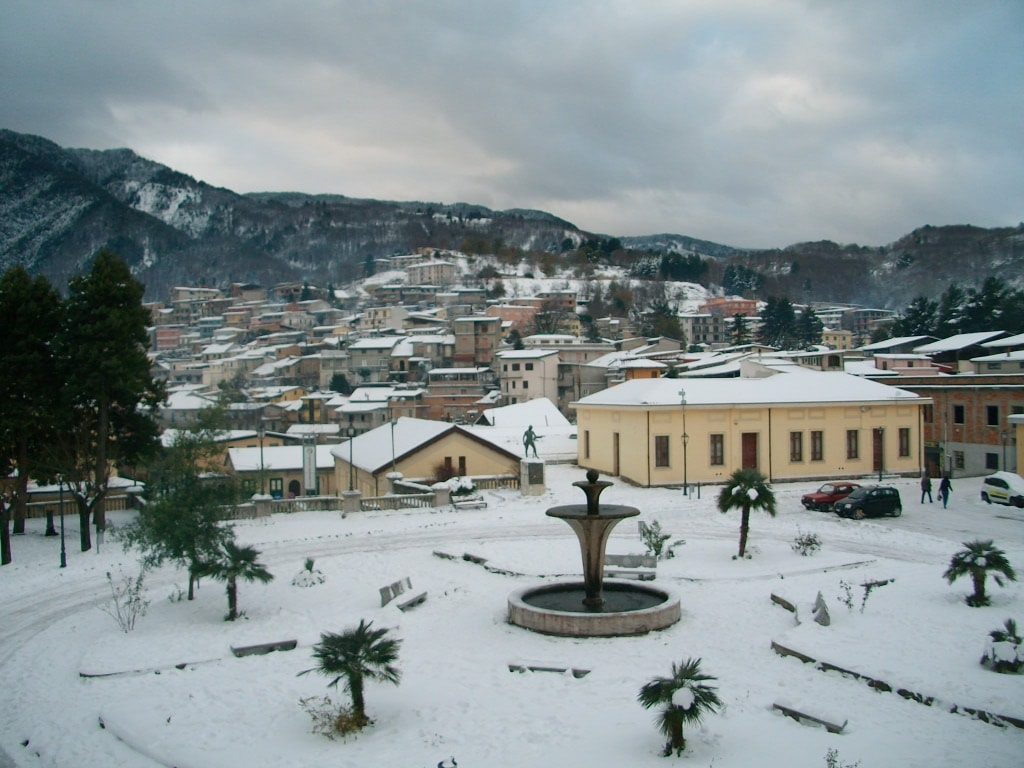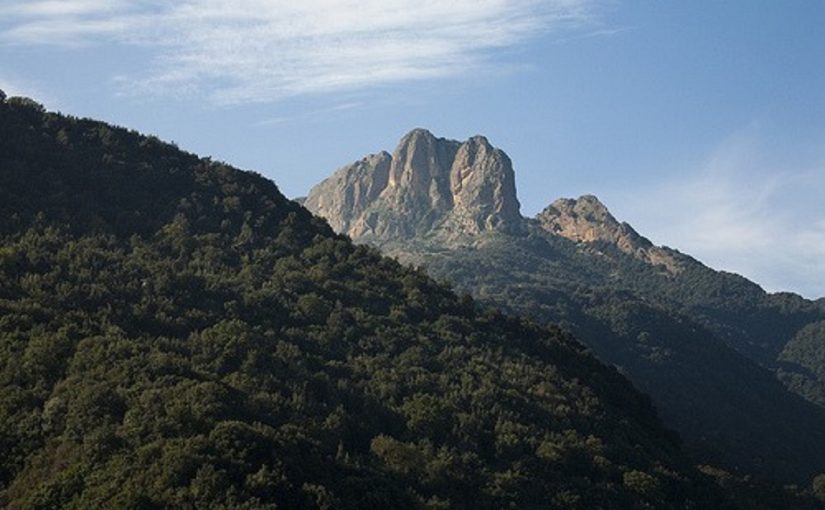2.10.2019
There is a Greek Calabria, land of myth, isolated, wild, rural. Hospitable and spiritual. Greek in the landscape, in food, in religious traditions, in craftsmanship, in idioms: between the Aspromonte and the Ionian, many elders still speak the language of Homer!
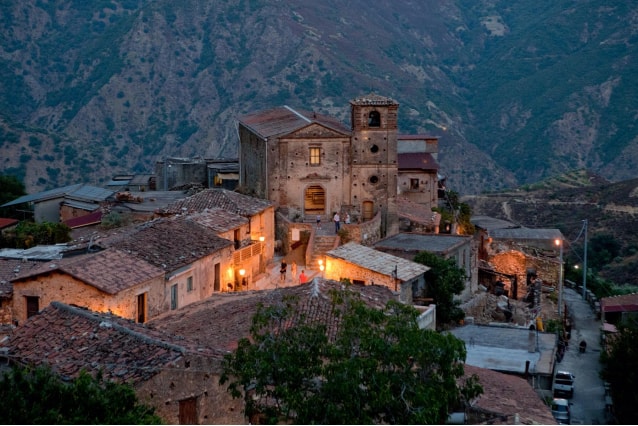
Gallicianò, a small village, is entirely Hellenophone. That strip of Calabria (Bovesìa) so close to the Strait is Greek also in the toponymy, but above all in the manifestation of the feeling of “filoxenia”, love for the foreigner, ancestral concept of hospitality, as the Greeks conceived it in antiquity…
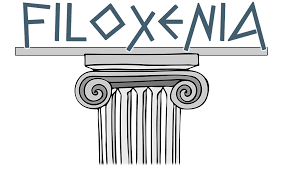
THE CALABRIA OF THE “FILOXENÌA”
In the Grecanic area (which preserves deep Byzantine traces), from Pentedattilo to Bova, passing through Amendolea, Gallicianò, Roghudi, Chorìo, Roccaforte, Condofuri, Palizzi, Staiti, Sant’Agata del Bianco, Brancaleone, up to Africo, the stranger is a deity.
And as such it is treated. Do not be surprised, therefore, if you will receive an invitation to lunch from the locals: there is a “lestopitta” (Greek-style unleavened bread), always ready to be filled in every home.
Certainly, some of the residents you meet on the street will guide you to discover the places, telling you stories and legends. It is their welcome.
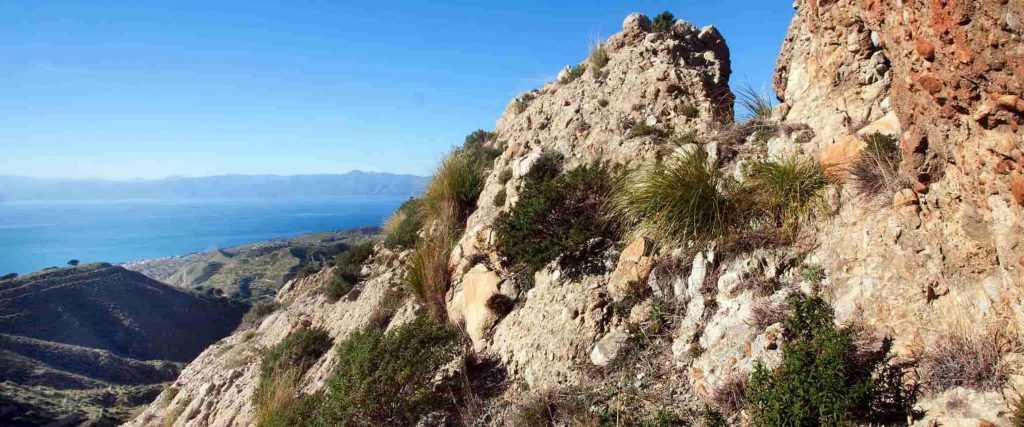
EXPERIENTIAL TOURISM FROM THE ASPROMONTE TO THE IONIAN
The journey has to be prepared carefully, requires a conscious and participatory approach: it is slow, experiential tourism. The local tourist offices provide valuable information.
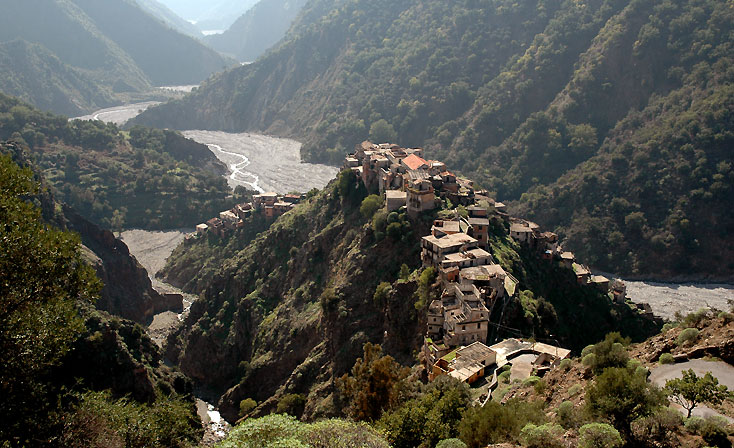
It should be noted that the roads within the Aspromonte National Park – the kingdom of the Sibyl – are impervious, the vertiginous valleys. That from the villages to the coast you go up and down between domes of rocks with slopes of a thousand meters.
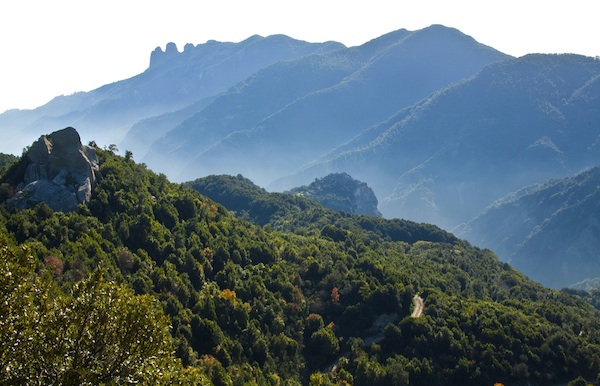
In the distance, Etna, Stromboli and Vulcano. Lunar landscapes: mulberries and junipers among the gullies. And the most beautiful river in the world: the Amendolea.
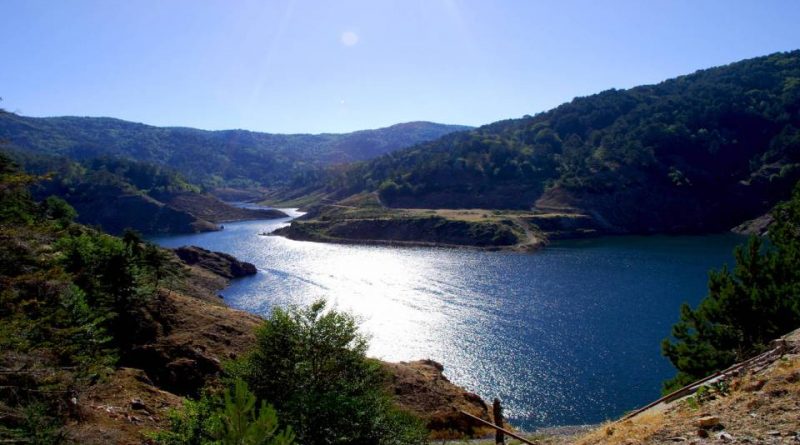
The urban archaeological park of Brancaleone Vetus (“ancient”) looks down on the so called “Valley of Armenians” and its villages.
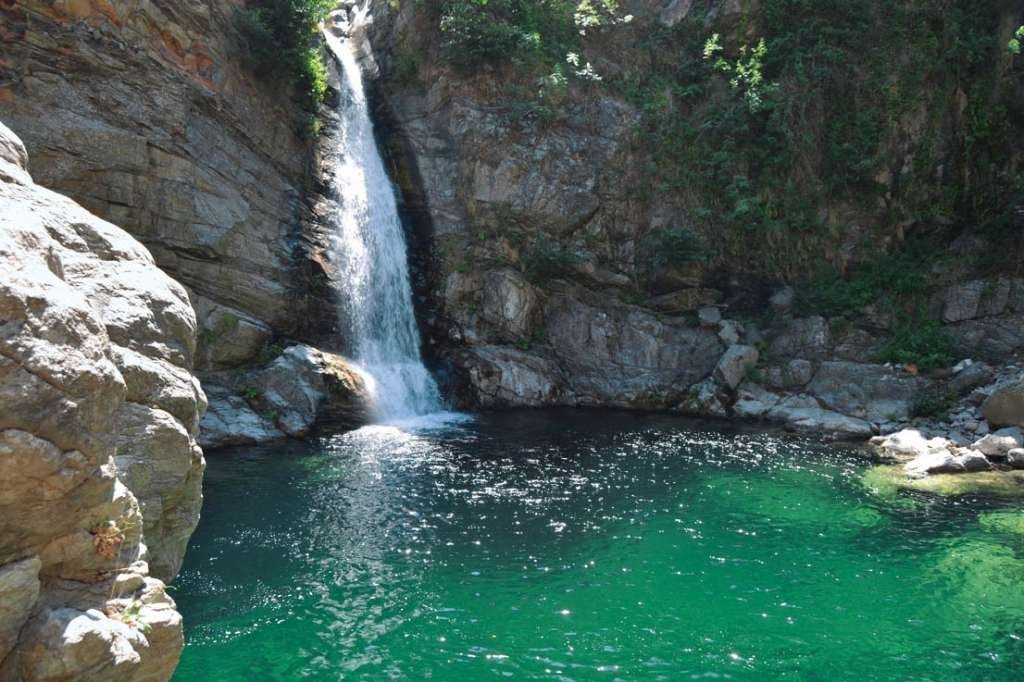
The gaze ranges from new Africo to the marina of Bruzzano, on bergamot plantations, on ancient vines and ancient olive trees.
The native goats, balanced on the steep walls of the mountains, among small groups of abandoned houses, have a prehistoric beauty.
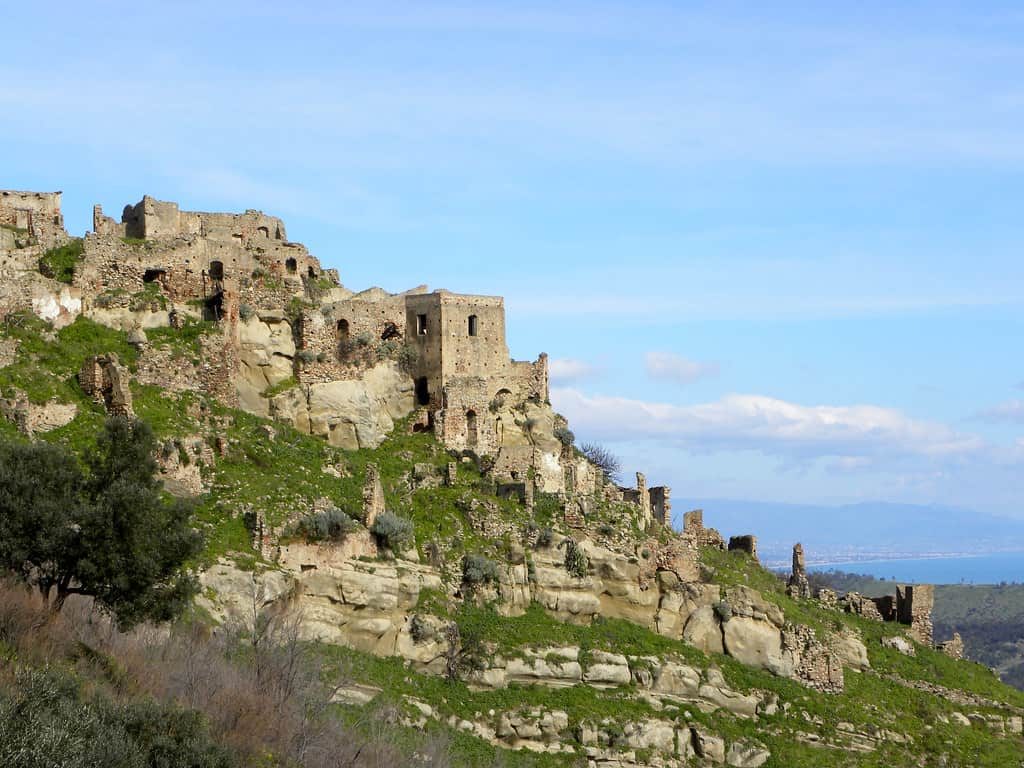
THE SEA OF CORRADO ALVARO
The sea there is like you’ve never seen it before. Needless to say that it is Caribbean: in the Greek navies of Calabria “the deserted sea lays like a child’s painting on the arc-shaped, white and solitary coast“, wrote Corrado Alvaro, a famous writer native of San Luca.
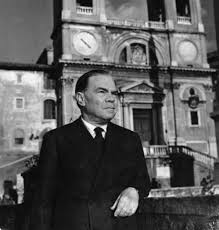
On the sandy beach, from Melito to Brancaleone, it will be easy to follow the turtle hatching: the environmentalists of the Caretta turtle Calabria Conservation association will guide you in the exploration.
This way your journey in Calabria will become also a real experience of the richness of sea and a chance to learn new things.
THE MUSEUM OF THE CALABRIAN GREEK
The museum of the Greek-Calabrian language of Bova named after the German linguist Gerhard Rohlfs.
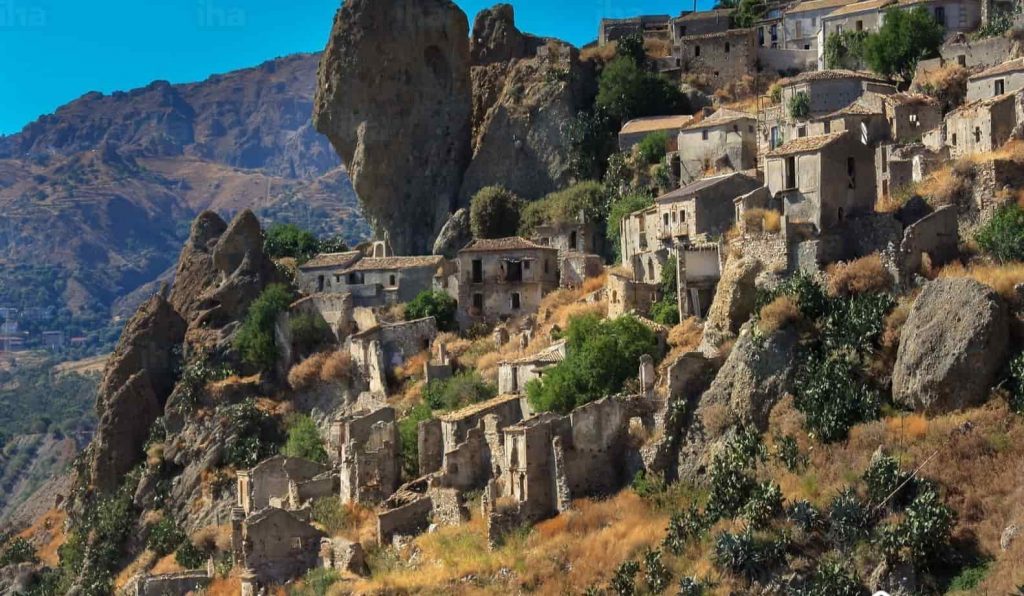
He was the first to support the origin from Magna Graecia of the spoken language still living in the Hellenophonic villages and in the most inaccessible slopes of the southern Aspromonte.
The Greek Calabria is “like a relic” of 2500 years ago.
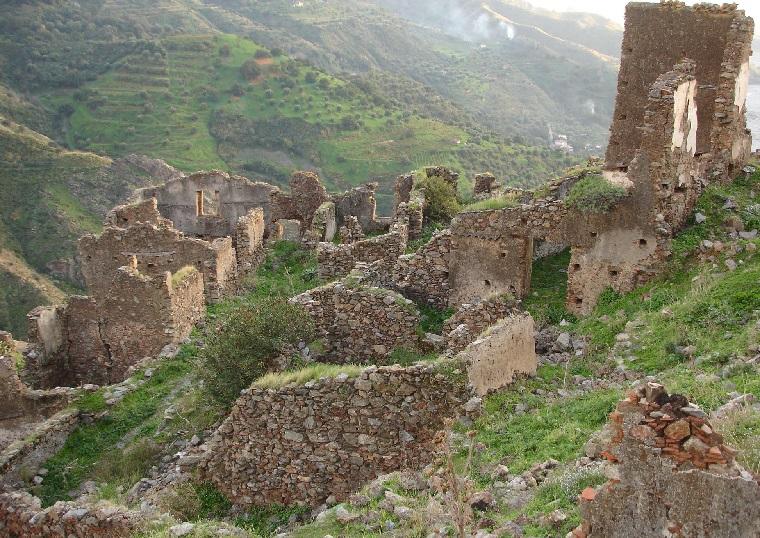
Local Shepherds are as repositories of secrets and ancient knowledge. For example, the music and the tarantellas “remember the sacred dances of the Greeks”.
This is the reason why the village of Pentedattilo was recovered (this is a few houses perched on a rock that stands out like a giant hand)…You will discover that its name is the same greek word for a hand with five fingers!
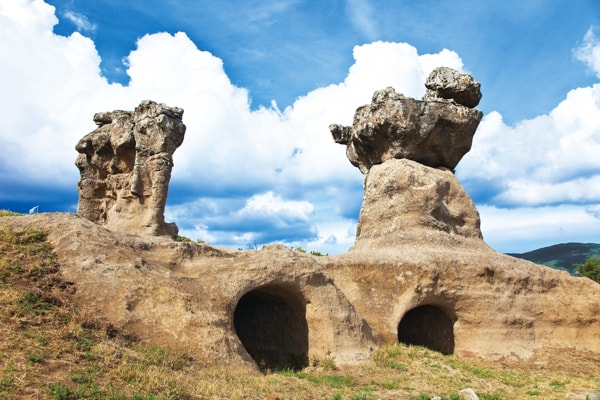
Now Pentadattilo backs to life thanks to the commitment of the Pro Pentedattilo association.
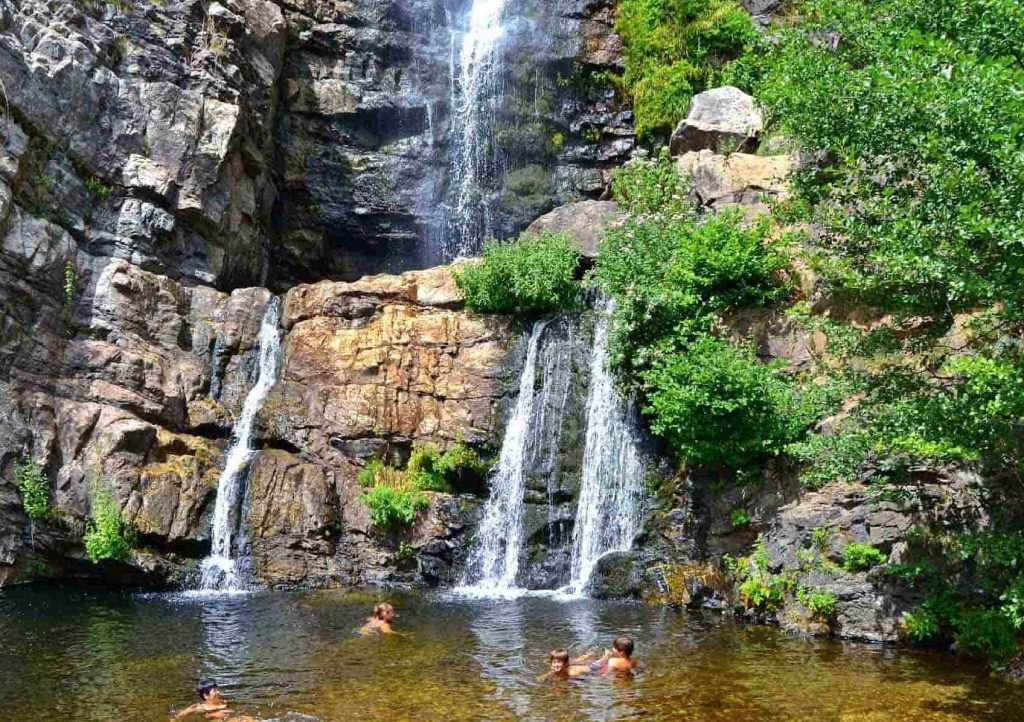
Now there is a bar, shops, a hostel and a popular hotel. Every year the Pentedattilo film fest brings international cinema operators to the scene. And many fans: usually from 26 to 31 August.
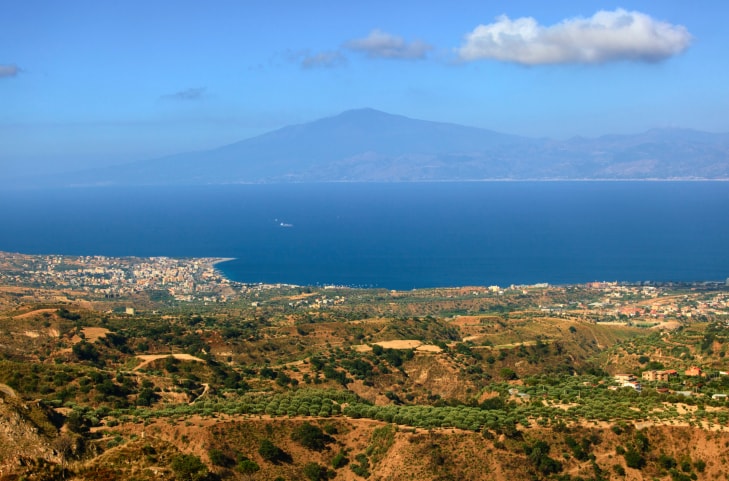
WHERE STAY / LOCAL ARTISANS
You sleep in characteristic B&Bs or in hotel houses. Hospitality is often managed by local cooperatives.
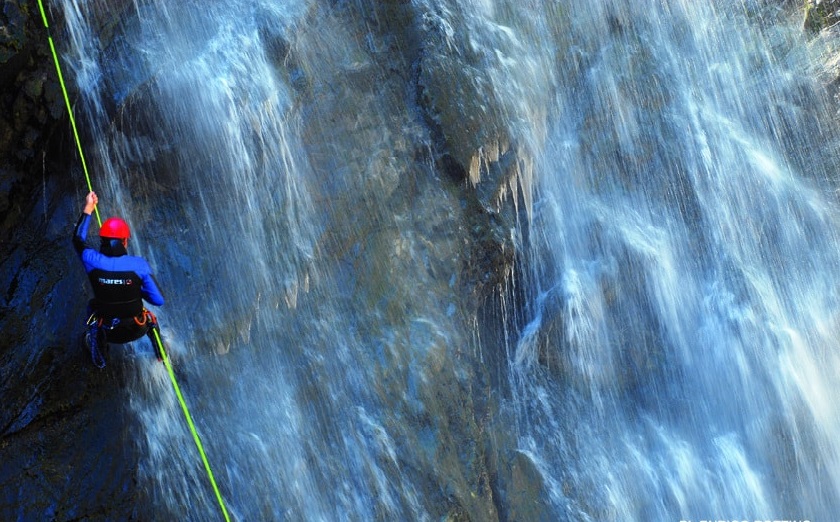
The flavors of the kitchen awaken pastoral memories (such as “maccheruni” with goat sauce). Only in Bova it is possible to choose between seven restaurants. The ricotta is served almost hot, just made. Organic is a fact.
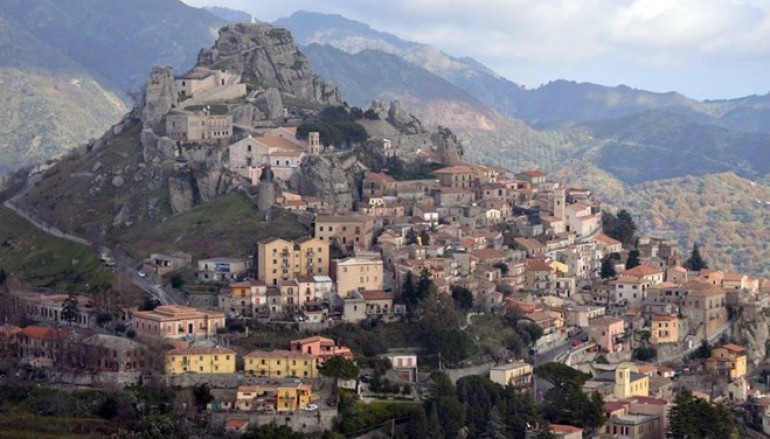
The wooden or terracotta souvenirs are of fine craftsmanship, from the “pinakes“, the votive tablets that the Greeks printed in honor of Demetra, to the “musulupare“, carved wooden containers, with anthropomorphic forms, to shape the cheese.
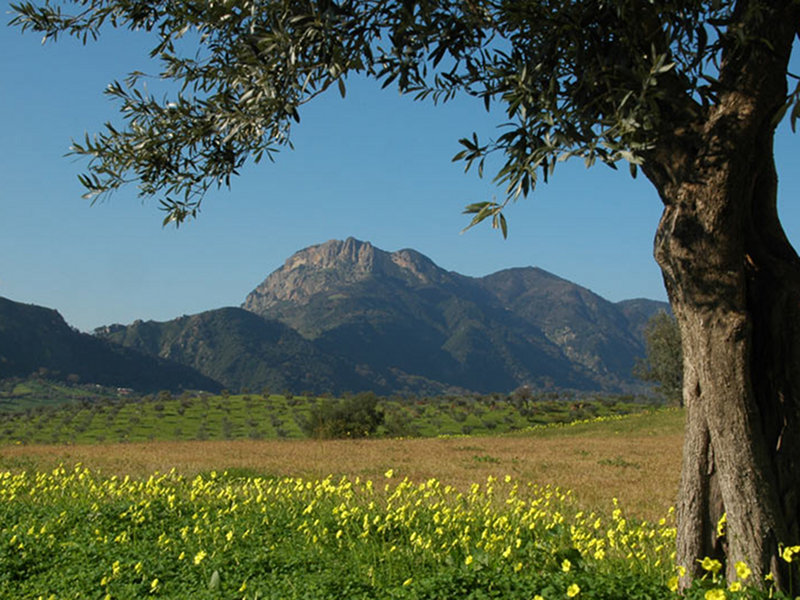
Artisans made them in Melito, near Condofuri.
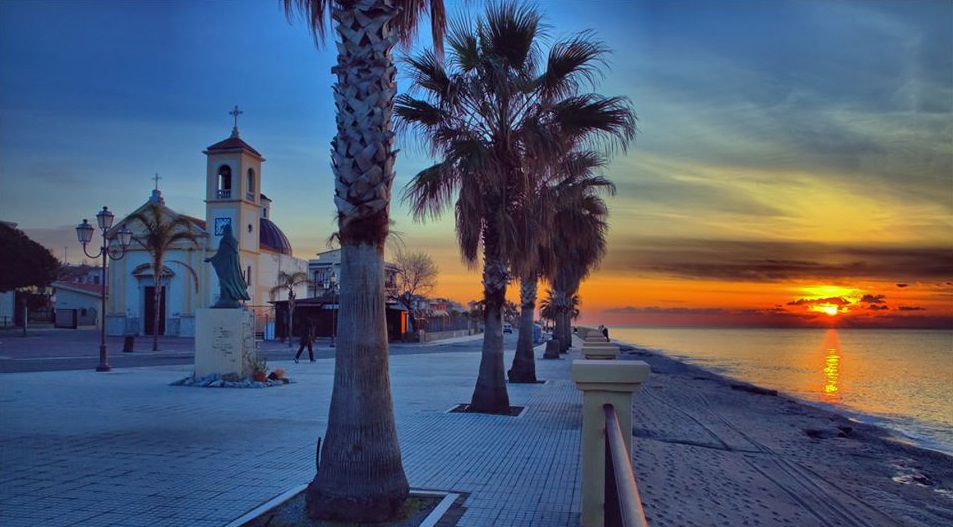
Along with collars for goats, bagpipes and old tools that are real pieces of art. Other local artists create delicious Greek madonnas with cherry, olive, medlar and chestnut branches.
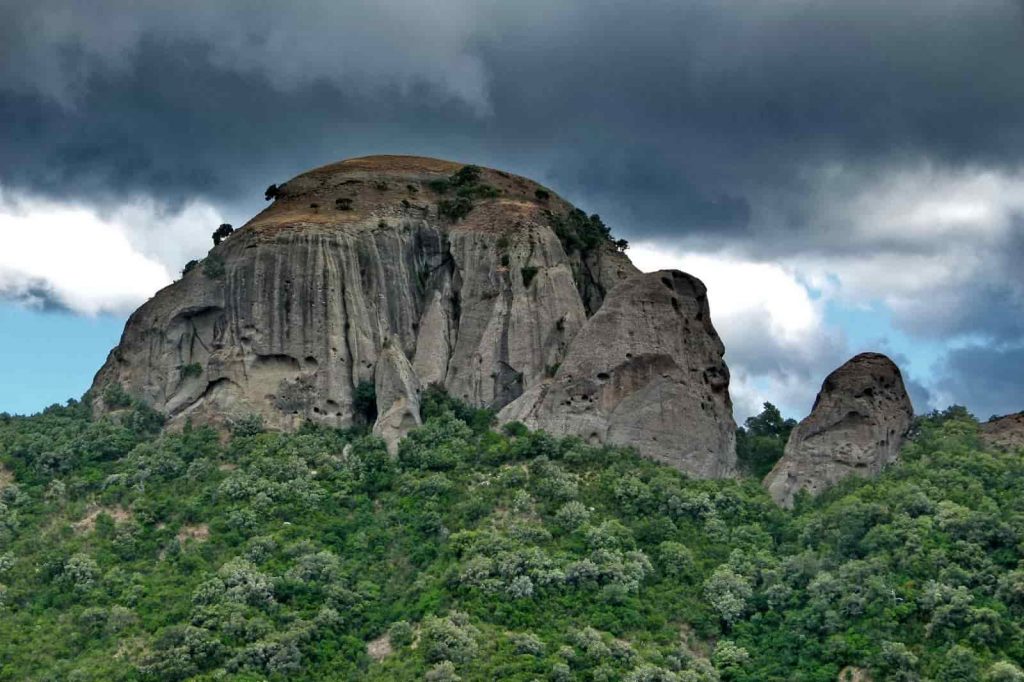
The ceramists elaborate Greekism in a contemporary key.
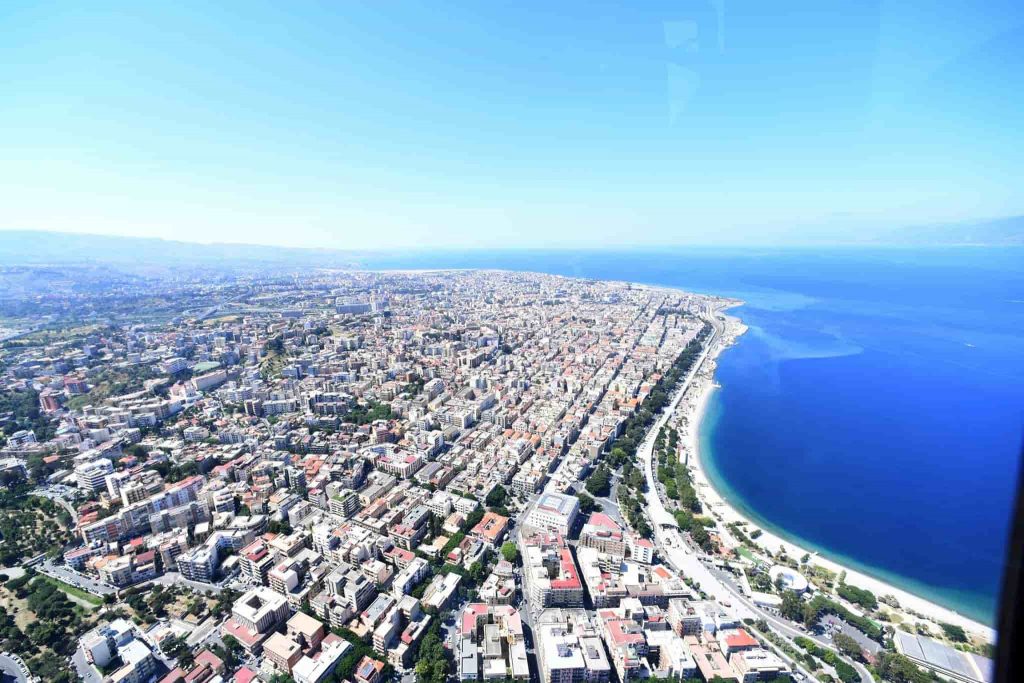
In their workshops on the outskirts of Reggio Calabria they mold enchanting artifacts that tell stories and myths of the Grecanic area.
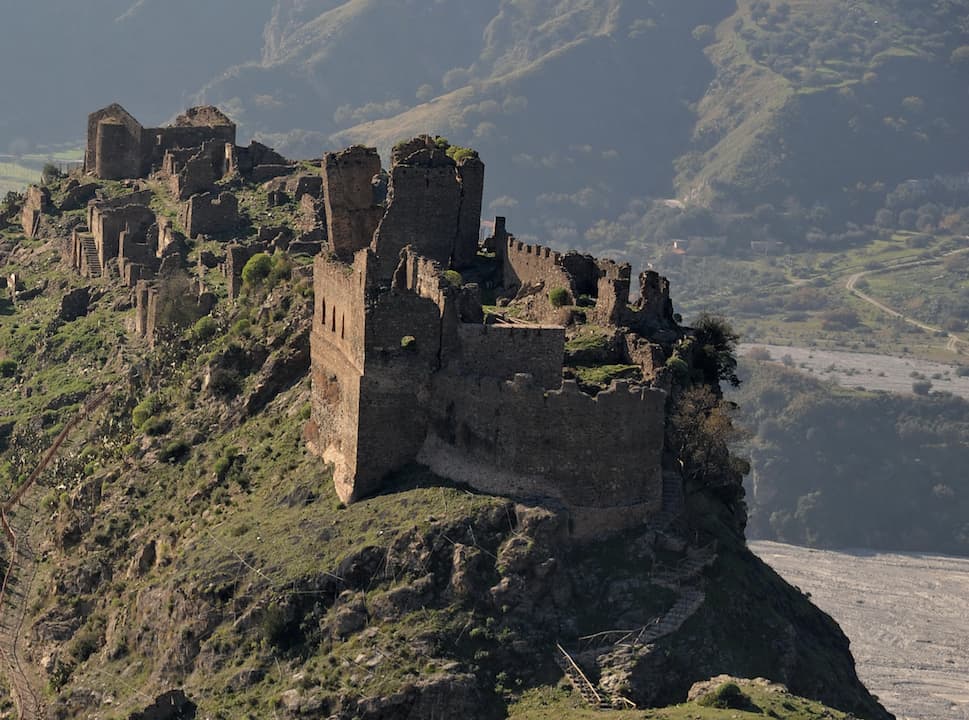
As the “fuitina d’u previte”: a love escape of a priest with a woman of Bova.
The designers in their small workshops in Delianuova (on the slopes of Aspromonte) realizes bijoux for high fashion with what nature offers: berries, leaves, pine cones, woods sea urchins, shells, starfish. Also citrus fruits, vine shoots, crystallized bread, hemp and hard stones. Land and sea become catwalk jewelry.
